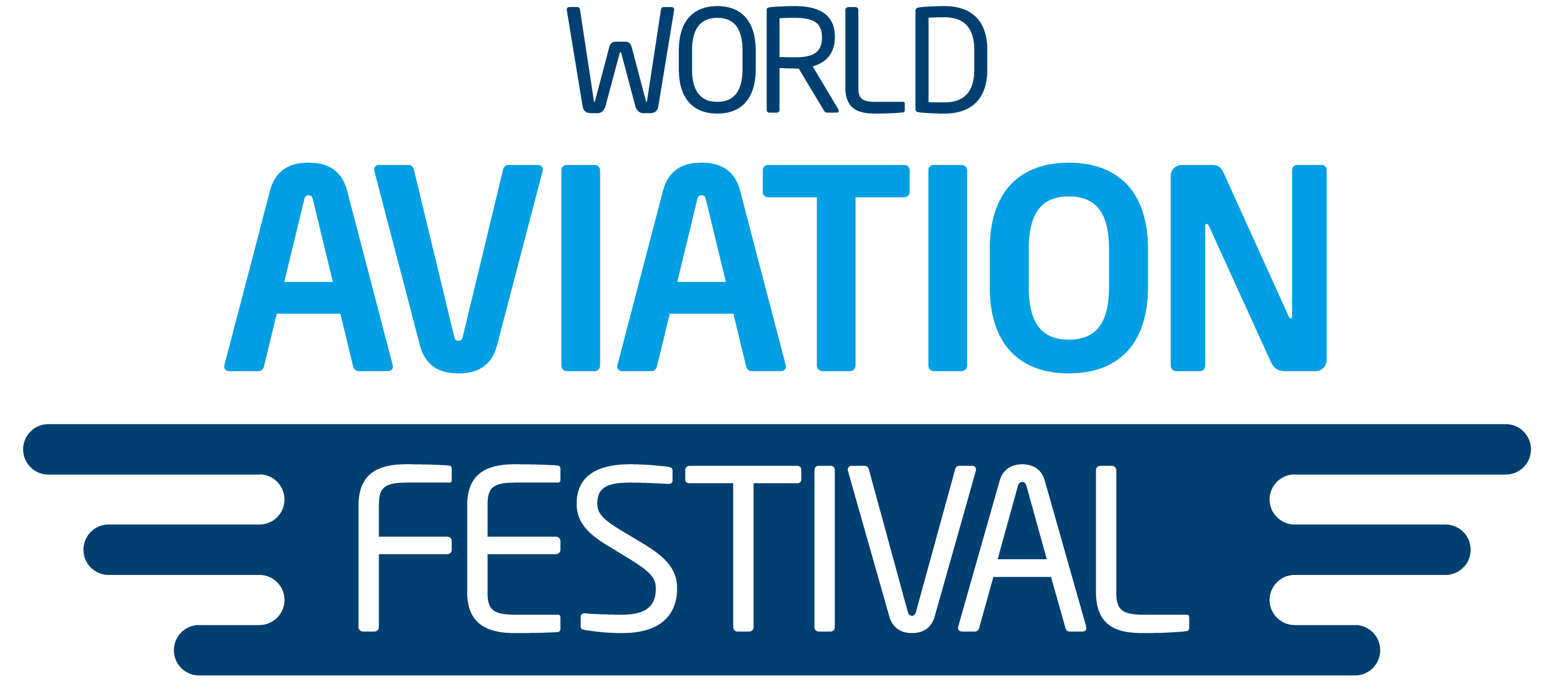By Eric Léopold, Founder, Threedot – 15 April 2024
Air transport’s unique sustainability challenge
While the world is on its way to reduce its dependency on fossil fuels which will cut CO2 emissions and mitigate the human impact on climate change, air transport remains an sector uniquely challenging to decarbonize. Technologically, solutions applicable to ground transport (road or rail) do not translate directly to air transport. Politically, governments hesitate to enact policies or allocate funds necessary for producing Sustainable Aviation Fuels (SAF), as the industry is still perceived as serving the elite despite five decades of commoditization and low fares. As a result, the aviation supply chain – aircraft, engines, fuel, etc. – has been working harder to tackle this sustainability challenge.
Why is this challenge so difficult?
Ground transport can decarbonize effectively, with electric vehicles running on batteries and with trains powered by overhead electric lines – with electricity sourced from nuclear plants. Maritime transport has the potential to decarbonize, with green ships powered by Liquefied Natural Gas (LNG) or Hydrogen fuel cells. Why can’t air transport find specific solutions? Is it due to a lack of interest or prioritization, or is there a deeper inherent difficulty?
Most alternatives suitable for ground and sea transport are unfortunately impractical for air. Lifting and transporting batteries 10km up in the sky is energetically more costly than moving them on the ground. Other energy sources like gas and hydrogen are unsuitable for aircraft fuel tanks. The idea of installing power lines at high altitude seems far-fetched. Ultimately, traditional fuel remains the energy source with the best energy density ratio, which is essential for air transport. Each alternative raises further questions: How to produce fuel without drilling for oil? How to generate hydrogen without associated CO2 emissions? Can we synthetize fuels from biomass without affecting other supply chains?
The air transport industry’s sustainability playbook
Airlines and their stakeholders – including customers, shareholders, and partners – must address several critical questions:
- Can synthetic fuels be created without releasing carbon that was captured in the ground for millions of years?
- Is there an alternative fuel whose combustion does not emit CO2?
- Is zero-emission flight achievable with electric aircraft, and if so, over what range and payloads?
- Can energy consumptions be reduced through technological advancements and better operations, including newer aircraft or harmonized air traffic management that shorten routes and reduces congestions and delays?
- Is it possible to capture CO2 instead of emitting greenhouse gases?
- What role do carbon offsets play? They finance sustainability projects, but do not address the root cause of emissions, which makes, by definition, an interim solution.
How can airlines organize themselves to answer sustainability questions?
Each airline may address this challenge in their own way. No single organizational design suits them all. We can highlight several activities across a dozen teams involved in the sustainability journey:
- The strategy and corporate planning team focuses on the vision and big picture, high-level objectives and the long-term corporate plan to achieve sustainability targets
- The chief sustainability officer coordinates in a consistent plan, manages the environment team and leads the transition to net-zero emissions
- The finance team assesses the financial impacts of new taxes, fuels, equipment and operations, and generates sustainability reports
- The marketing team creates green fares and communicates the commitment and roadmap to 2050
- The customer experience team reduces single-use plastics
- The catering team minimizes the food waste and introduces vegetarian options
- The engineering and technology teams look at innovative solutions from new fuels to new engines
- The IT team implements infrastructure and software solutions for data collection, operations forecasting and performance reporting
- The operations team optimizes flight plans daily
- The fleet team seeks new, more fuel-efficient aircraft and engines
- The purchasing team secures sustainable fuels in significant and affordable quantities
- The HR team ensures all staff are trained on sustainability best practices and the organization maintains relevant skill sets
Conclusion
Most humans, except maybe visionary writers, struggle to envision a positive future driven by new technology. Inventions and breakthroughs such as the internet, mobile phones, social networks, smart bots (speaking our language and behaving like humans), reusable rockets, a solar plane crossing an ocean or a spacecraft landing on a comet, once seemed far-fetched. Today, imagining hundreds of plants producing sustainable fuel, electric aircraft crossing oceans or rockets carrying people to Mars, may seem equally unlikely. However, as airline leaders worldwide increasingly view sustainability not only as a challenge to overcome, but as an emerging opportunity, the potential for sustainable air transport will grow. This future, where the air transport industry produces an acceptable quantity of CO2, promises lasting connectivity for people and goods worldwide, crossing territories, mountains and oceans, without negative impact on global warming.





